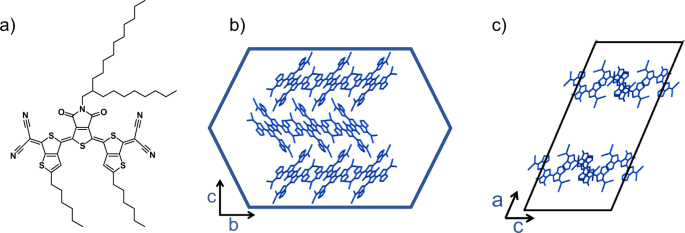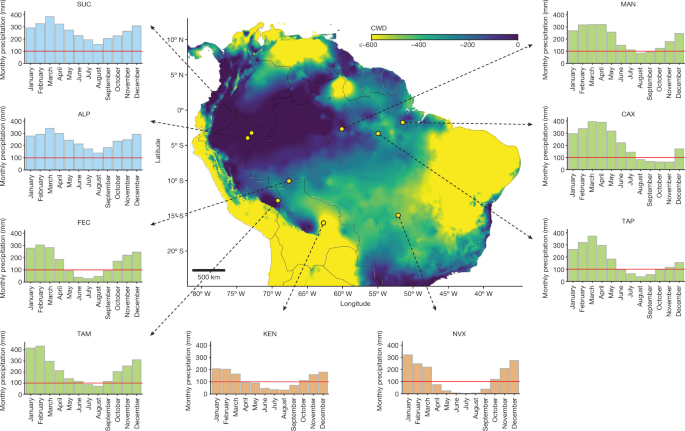2023-04-27 アルゴンヌ国立研究所(ANL)
この挙動は分子協力性と呼ばれ、自然界ではしばしば観察されるが、非生物系ではほとんど見られないものである。協力する有機半導体は、スマートウォッチや太陽電池などの有機エレクトロニクスの性能を向上させることができます。
<関連情報>
- https://www.anl.gov/article/molecular-teamwork-is-key-to-efficient-organic-semiconductors
- https://www.nature.com/articles/s41467-023-36871-9
1つのn型単結晶における2つの異なる多形転移機構を解明し、ダイナミックエレクトロニクスを目指す Unraveling two distinct polymorph transition mechanisms in one n-type single crystal for dynamic electronics
Daniel William Davies,Bumjoon Seo,Sang Kyu Park,Stephen B. Shiring,Hyunjoong Chung,Prapti Kafle,Dafei Yuan,Joseph W. Strzalka,Ralph Weber,Xiaozhang Zhu,Brett M. Savoie & Ying Diao
Nature Communications Published:21 March 2023
DOI:https://doi.org/10.1038/s41467-023-36871-9

Abstract
Cooperativity is used by living systems to circumvent energetic and entropic barriers to yield highly efficient molecular processes. Cooperative structural transitions involve the concerted displacement of molecules in a crystalline material, as opposed to typical molecule-by-molecule nucleation and growth mechanisms which often break single crystallinity. Cooperative transitions have acquired much attention for low transition barriers, ultrafast kinetics, and structural reversibility. However, cooperative transitions are rare in molecular crystals and their origin is poorly understood. Crystals of 2-dimensional quinoidal terthiophene (2DQTT-o-B), a high-performance n-type organic semiconductor, demonstrate two distinct thermally activated phase transitions following these mechanisms. Here we show reorientation of the alkyl side chains triggers cooperative behavior, tilting the molecules like dominos. Whereas, nucleation and growth transition is coincident with increasing alkyl chain disorder and driven by forming a biradical state. We establish alkyl chain engineering as integral to rationally controlling these polymorphic behaviors for novel electronic applications.



